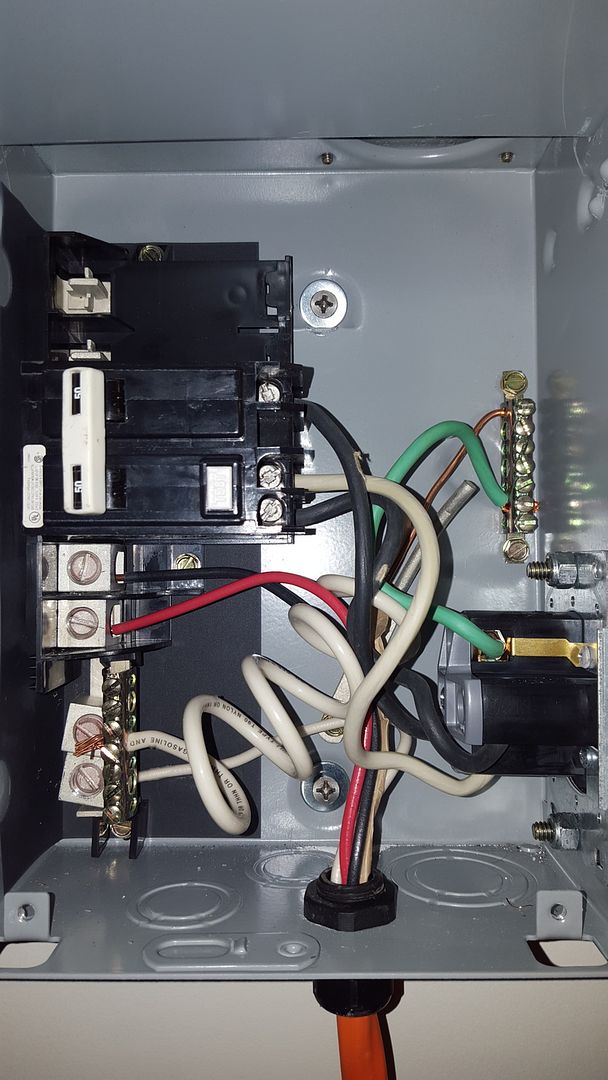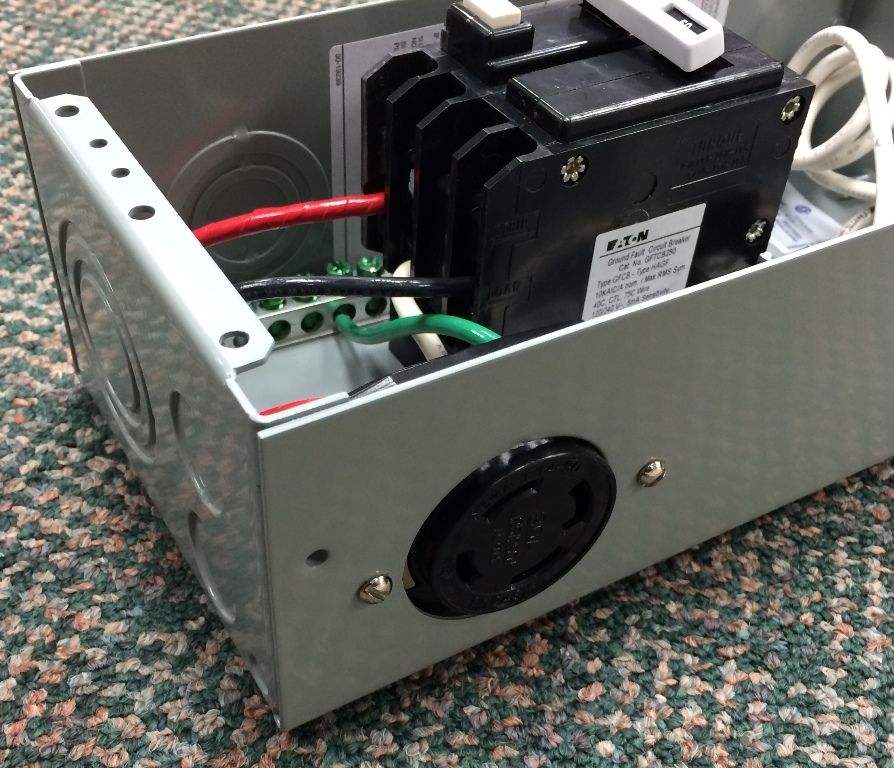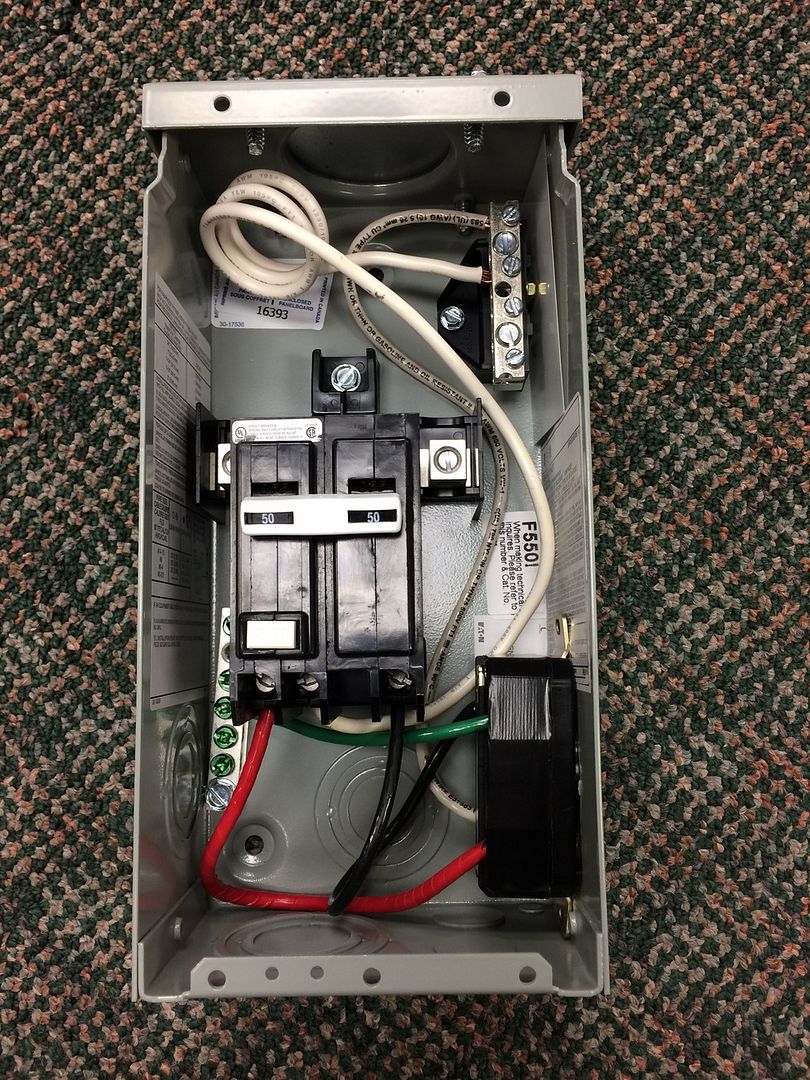P-J,
YOU ARE THE MAN! I was at work today when I was posting. When I got home, I decided to reconnect that ground, just to see what happened. And just like that, it worked perfectly! No breaker trip. I can only imagine what went wrong the first time. Probably a loose connection or something. Anyway, thank you for your help! My setup is arriving tomorrow. Now. Any suggestions on how to cut a 6" hole through my house to install a vent and not tick off my wife at the same time?
YOU ARE THE MAN! I was at work today when I was posting. When I got home, I decided to reconnect that ground, just to see what happened. And just like that, it worked perfectly! No breaker trip. I can only imagine what went wrong the first time. Probably a loose connection or something. Anyway, thank you for your help! My setup is arriving tomorrow. Now. Any suggestions on how to cut a 6" hole through my house to install a vent and not tick off my wife at the same time?






